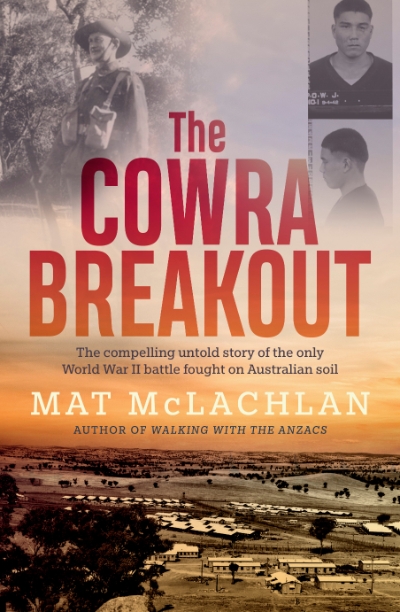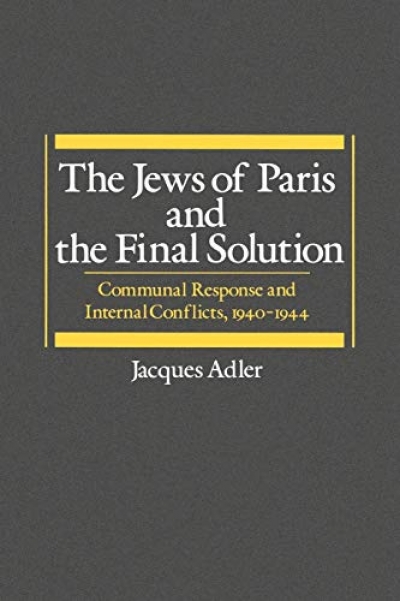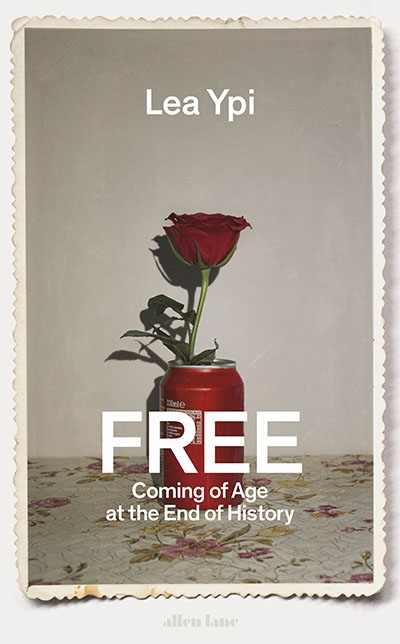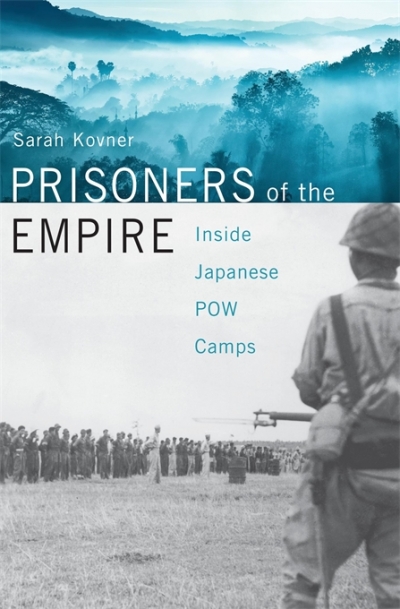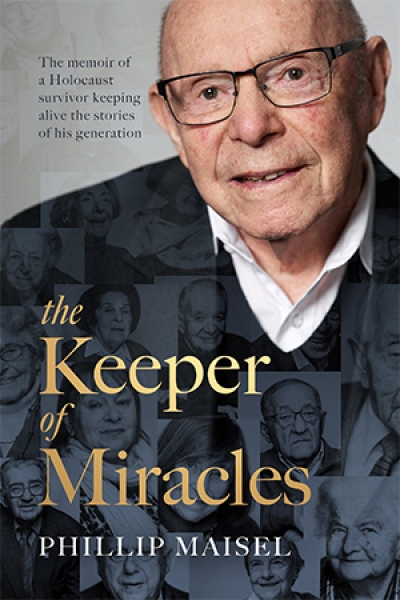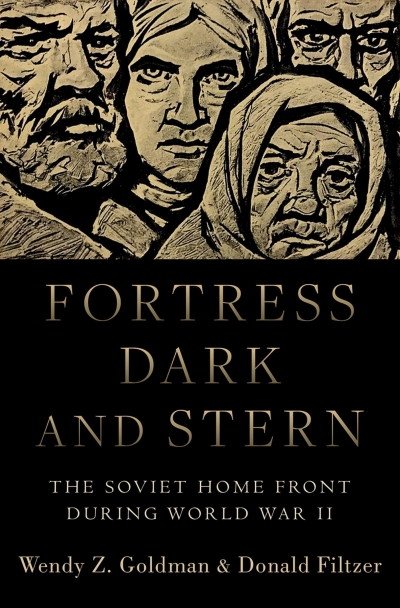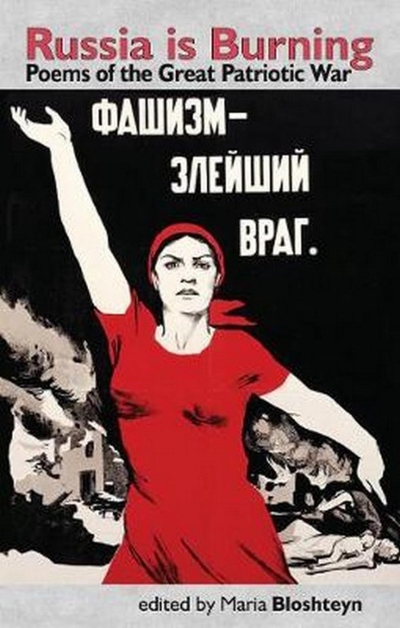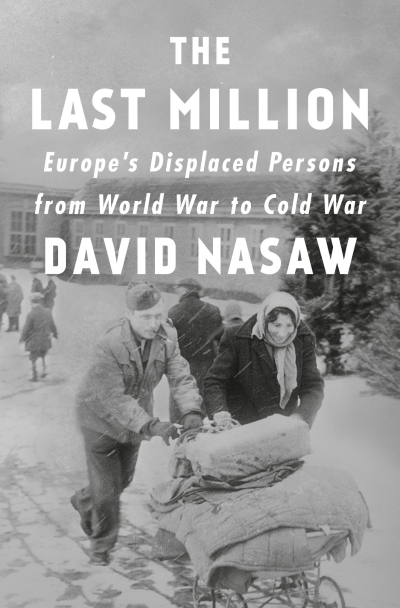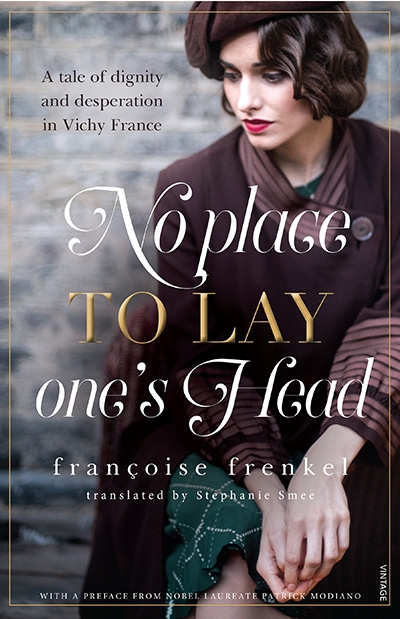World War II
The Jews of Paris and the Final Solution: Communal Response and Internal Conflicts, 1940-1944 by Jacques Adler
by Sol Encel •
Prisoners of the Empire: Inside Japanese POW camps by Sarah Kovner
by Joan Beaumont •
Fortress Dark and Stern: The Soviet home front during World War II by Wendy Z. Goldman and Donald Filtzer
by Sheila Fitzpatrick •
Russia Is Burning: Poems of the Great Patriotic War edited by Maria Bloshteyn
by David Wells •
The Last Million: Europe’s displaced persons from World War to Cold War by David Nasaw
by Sheila Fitzpatrick •
Fighting the People’s War: The British and Commonwealth armies and the Second World War by by Jonathan Fennell
by David Horner •
No Place to Lay One’s Head by Françoise Frenkel, translated by Stephanie Smee
by Avril Alba •

